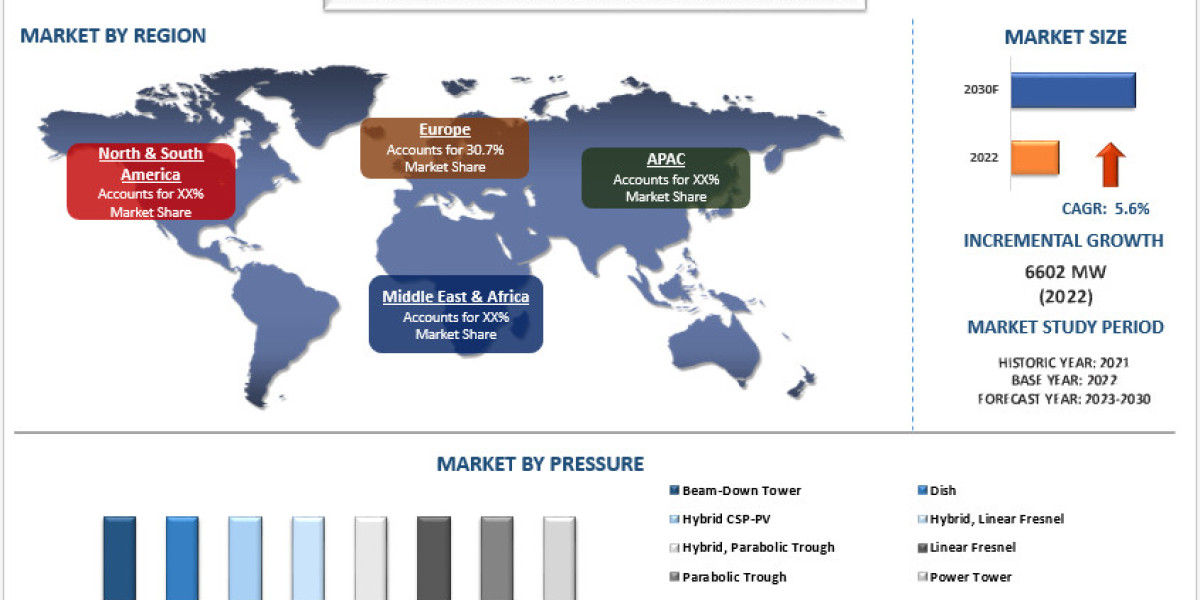Have you ever wondered why basements are so prone to flooding? It might have more to do with your plumbing than you think. Basement plumbing is essential for managing water flow, but poor placement can create serious flooding risks. Leaks, pipe bursts, and sewage backups are common issues that result from improperly installed or maintained plumbing. When drainage systems fail or pipes freeze, homeowners may face costly repairs and long-term damage.
Understanding how the position of your basement plumbing affects the risk of flooding and how to prevent water damage can save you many headaches. The following explains common plumbing issues that lead to basement flooding and how to address them.
Common Basement Plumbing Issues That Lead to Flooding
Specific plumbing issues increase the risk of basement flooding. Recognizing these problems can help you take preventative measures. These are the most common issues to watch for:
A. Poorly placed floor drains:
If positioned incorrectly, the water pools instead of draining efficiently, leading to potential flooding.
Clogged or neglected floor drains can also fail when you need them most.
B. Low-positioned or exposed pipes:
Water supply lines placed too close to exterior walls are highly vulnerable to freezing and bursting.
Pipes without proper insulation are more likely to develop leaks, increasing flooding risks.
Even minor leaks can cause gradual water buildup, damaging flooring, walls, and foundations.
C. Incorrect sump pump installation:
It may not effectively prevent water accumulation if installed in a higher location.
A clogged or poorly maintained sump pump can fail, leading to sudden water overflow.
D. Sewer line backflow issues:
Without a backwater valve, sewage can flow back into the basement during heavy rain or primary sewer backups.
Poor pipe angles or outdated sewer connections increase the chances of water backing into your home.
Sewer backups create hazardous conditions and require immediate professional attention.
How to Prevent Basement Flooding Caused by Plumbing Placement
Addressing these plumbing issues can reduce the likelihood of basement flooding. The following strategies can help you prevent costly water damage:
1. Optimize floor drain locations:
Place the floor drains at the lowest points in your basement to ensure adequate water drainage.
To avoid clogs, examine and clear drains regularly.
If you notice water pooling near a drain, it may need to be relocated or adjusted.
2. Protect and insulate pipes:
Insulate exposed pipes, especially those near exterior walls, to prevent freezing in cold weather.
Reroute vulnerable pipes away from cold spots to reduce the risk of temperature-related damage.
Monitor pipes for condensation or minor leaks, which can escalate into more significant problems.
3. Install and maintain sump pumps properly.
Place the sump pump in the area most prone to flooding for optimal performance.
To ensure the sump pump operates when needed, check it frequently.
Install a battery backup system to keep the sump pump operational during power outages.
4. Add a backwater valve for sewer protection:
A backwater valve prevents sewage from backing into the basement during heavy rainfall.
Professional installation ensures the valve functions properly and provides long-term protection.
Regular inspections help detect any blockages or malfunctions before a primary backup occurs.
When to Seek Professional Help
Some plumbing issues require expert intervention to prevent severe damage. If you notice the following signs, it's best to consult a professional:
Frequent basement leaks or slow-draining floor drains indicate poor drainage that needs correction.
Exposed pipes showing signs of corrosion or vulnerability to extreme temperatures may need replacement or rerouting.
A failing sump pump that cannot withstand heavy rainfall suggests it may need repair or a more powerful upgrade.
Recurring sewage backups or foul odors from basement drains point to potential sewer line problems that require immediate attention.
Practical Solutions for Basement Plumbing Issues
In conclusion, poor basement plumbing placement significantly increases the risk of flooding, leading to expensive repairs and structural damage. You can prevent unnecessary water damage by optimizing drain locations, insulating pipes, and adequately maintaining sump pumps. Installing backwater valves further protects against sewer backups, reducing the risk of contamination. Consult a professional plumber to design your basement plumbing for effective water management and flood prevention, achieving long-term security against plumbing issues for homes.








